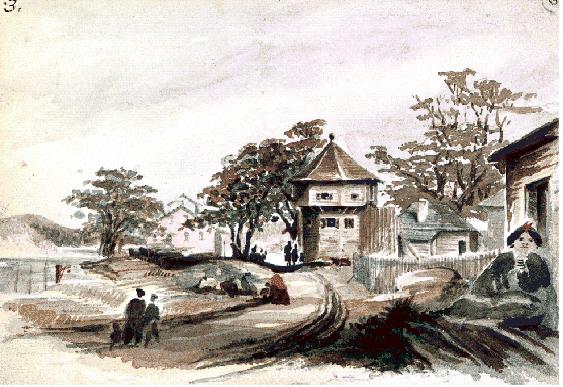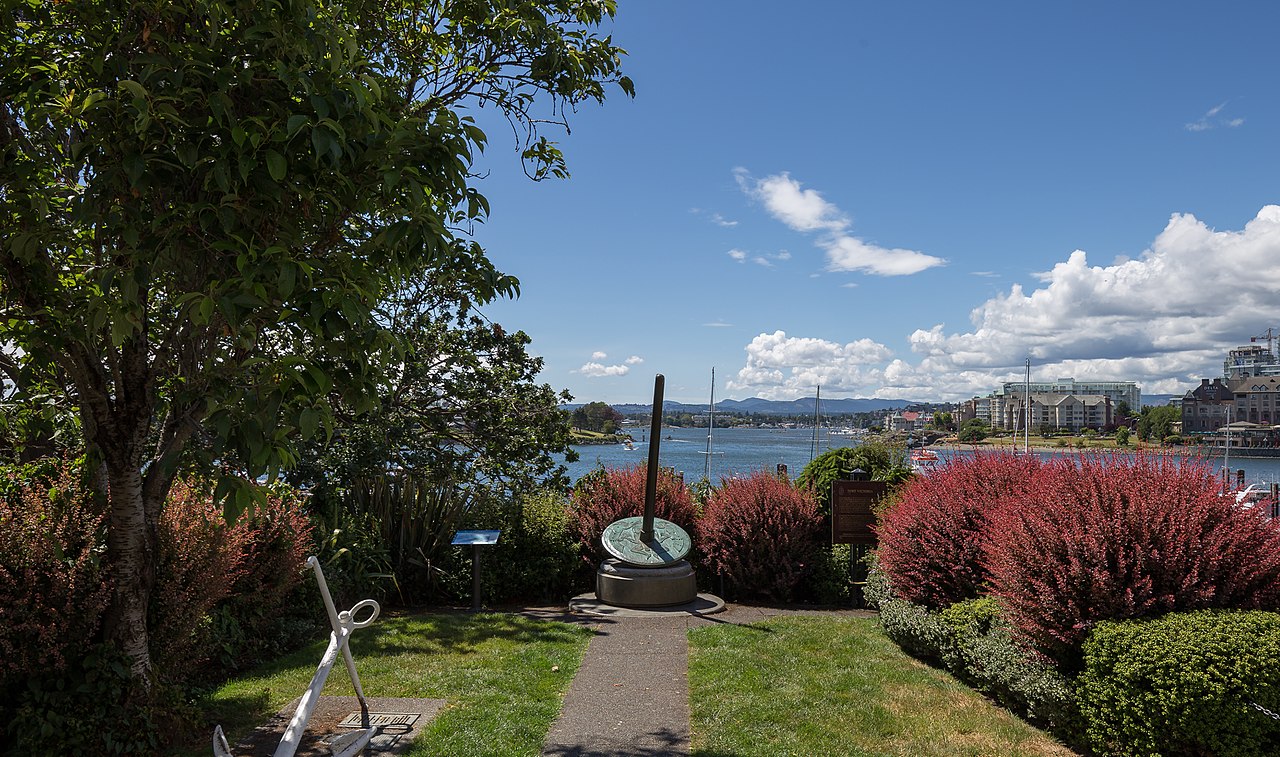Fort Victoria was a fur trade post established in 1843 by Hudson’s Bay Company chief factor Sir James Douglas, who also served as its second governor (1858–62) and would eventually be known as the “Father of British Columbia”. The Fraser River Gold Rush of 1858 led to the rapid development of the townsite. In 1862, Victoria – the province’s capital – was incorporated as a city and the last of Fort Victoria was fully dismantled. In 1924 Fort Victoria was designated a National Historic Site of Canada.

Establishment of Fort Victoria
In 1843, Sir James Douglas of the Hudson’s Bay Company selected the port of Camosack (the harbour where Victoria now stands) as a new fur trade post — eventually to replace Fort Vancouver as the company's Pacific headquarters and to bolster the British claim to Vancouver Island. Known first locally as Fort Albert, the original intention was to name the site Fort Adelaide, but on 10 June 1843 it was officially christened Fort Victoria after Queen Victoria.
The Oregon Treaty of 1846 effectively terminated Fort Vancouver as Columbia district headquarters, and in 1849 it was superseded by Fort Victoria.
The crown colony of Vancouver Island was also established in 1849 and Richard Blanshard, who became its first governor in 1850, resided at Fort Victoria until his resignation in 1858. James Douglas, who by then had cut ties with the Hudson’s Bay Company, was appointed second governor of Fort Victoria by the British government.
Decline and Legacy of Fort Victoria
Victoria townsite was surveyed adjacent to the fort in 1851–52. The Fraser River Gold Rush of 1858 led to a great increase of its population. Fort Victoria eventually lost its purpose. In 1862, its last remnants were dismantled.
Fort Victoria was designated a National Historic Site of Canada in 1924.


 Share on Facebook
Share on Facebook Share on X
Share on X Share by Email
Share by Email Share on Google Classroom
Share on Google Classroom


